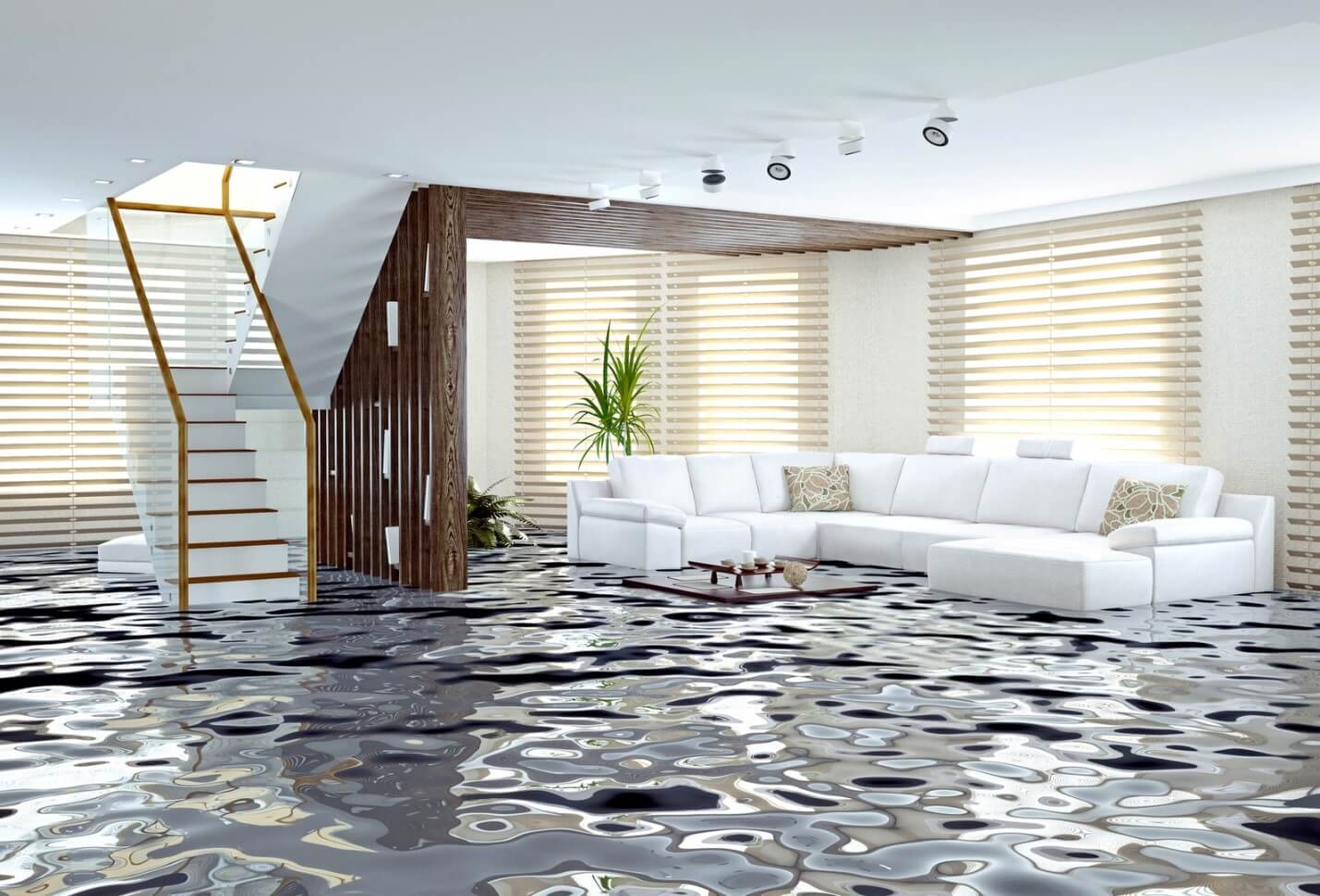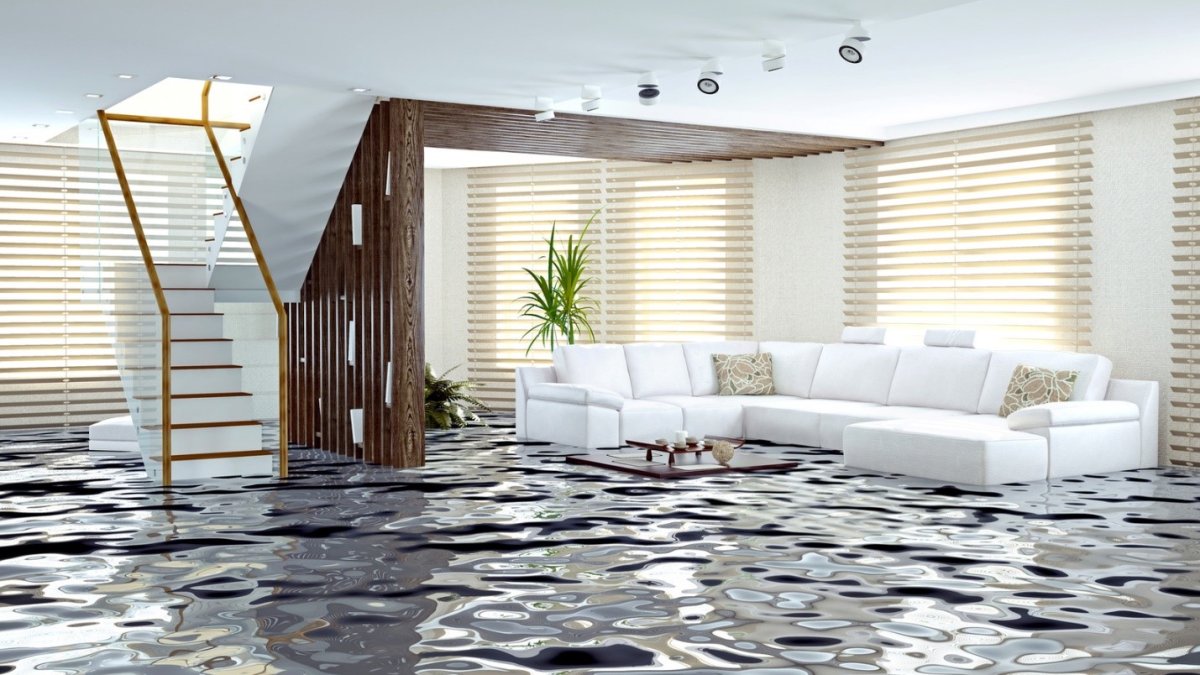
When you think about water damage to your house, you might think of a flood, a strong storm, or a burst pipe while you are away on vacation. Water damage, on the other hand, normally happens slowly and without your notice. In reality, there are a couple more types of water damage that are more widespread than you may believe, and they’re there in front of your eyes. And you don’t want to wait until you have a major tragedy to deal with water damage in your house and the prospect of water damage restoration.
Knowing the most common causes of water damage in your house will help you save time and money in the long run. Check out these four water damage reasons.
The Air Conditioner
Most individuals are unaware that water damage to their property might be caused by their home conditioning system. While cooling your room, your cooling system draws moisture from the air. If your unit is operating properly, the surplus water will drain away from the house or down a specific drain. Things can, however, go wrong. You might have a blocked or unplugged drain, totally clogged filters, or moisture accumulation inside the ducting.
Water damage like this is gradual and usually takes months or even years to occur while resetting thermostats to quite easy. You might save your house from costly water damage repair by having your heating and cooling equipment serviced regularly or just checking to ensure that the water is draining properly.
Household Equipment
Water is used by appliances such as your dishwasher, washer, and refrigerator. It can also cause water damage if it utilizes water. To avoid water from leaking, most contemporary appliances have tight-fitting seals or unique features. If you have an older model that appears to be in excellent functioning order, check to make sure the seals and fittings are still in good working order.
Your appliances might start dumping excessive volumes of water simply by using the wrong soap or not closing the door properly. You can certainly clean it up with a cloth or a mop. What if you’re at work or away on vacation?
Pipes that Leak and Drains that Clog
You may have had leaking plumbing or clogged drains at some point in your life. It’s just one of those occurrences. When you have leaky pipes, you reach beneath the sink in your bathroom or kitchen and realize that everything is wet or there is a pool of water. It might be as simple as fixing a loose pipe. It might, however, signify anything more.
Clogged drains, on the other hand, are a different matter. Clogged drains are no laughing matter if you’ve ever had a toilet overflow. They can cause water to overflow in various areas of your home. If you’re dealing with raw sewage, you’ll need a lot more than a few towels to clean up the mess.
Gutters and Flat Roofs
Water damage isn’t always caused by something on the inside. Your roof and gutters are also important in keeping rain and moisture outside. When it comes to gutters, it’s critical to maintain them free of trash and inspect them for any cracks or holes. When gutters aren’t working properly, water runs off the side of the house instead of away from it. This can lead water to flow in a single direction. Water damage and corrosion of a wall or an important section of your home’s structure will eventually result.
Flat roofs are a major source of water damage and mold growth. Leaves, branches, and other debris on the roof prevent water from running off into the gutters because there is no suitable slope. A modest bit of water and weight on your roof is all it takes to cause difficulties. So alongwith water damage, mold removal is also an area to focus on.
Kane Walker
Related posts
Stay connected
- How LoveOn Chat Is Becoming the Most Versatile AI Companion for Digital UsersThe internet keeps shifting toward hyper-personal interaction, and AI companions are at the center of this shift. What used to be simple chatbots are now evolving into emotionally aware, adaptive, and multi-functional digital partners. Among the new generation of platforms, LoveOn Chat is becoming one... The post How LoveOn Chat Is Becoming the Most Versatile […]

